Revisiting Mika Hakkinen’s Australian GP crash three decades on: ‘I knew it was bad’
09 Mar 2025 9:00 AM
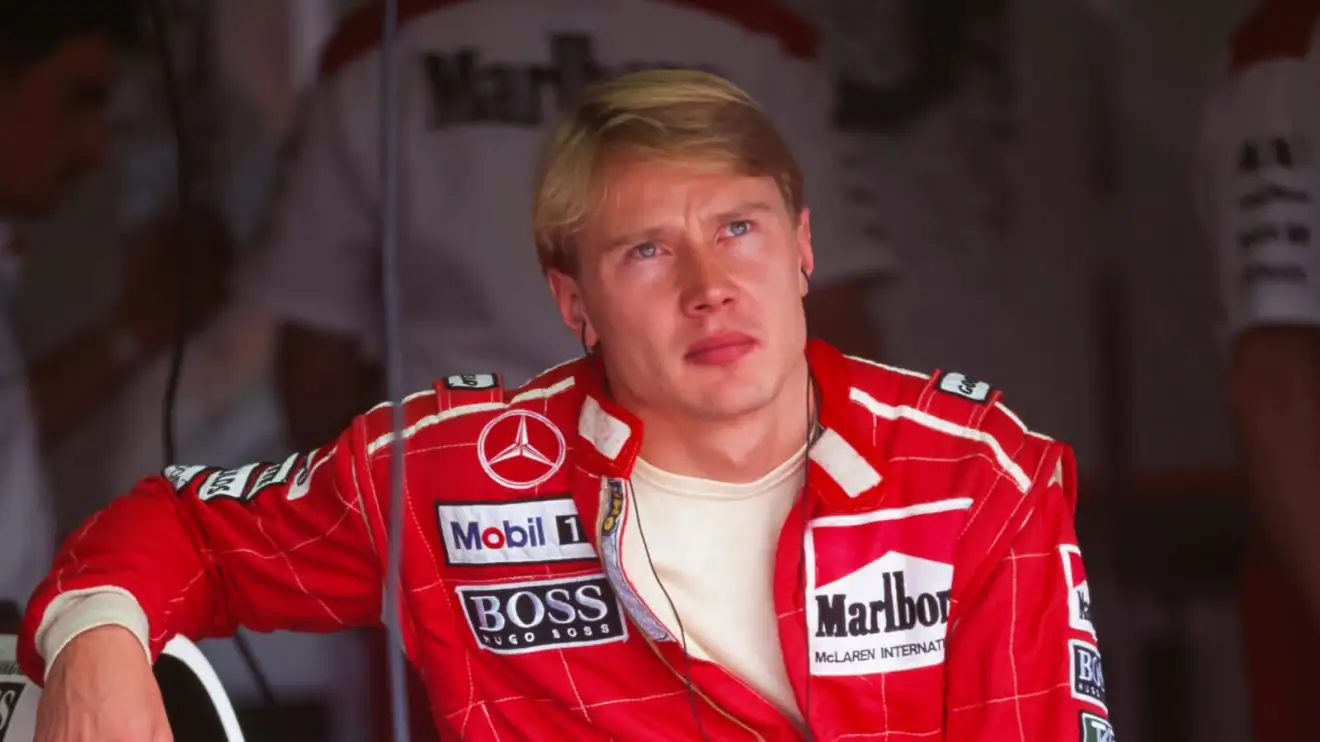
Mika Hakkinen suffered a horrific crash at the 1995 Australian GP
It’s been almost three decades since Mika Hakkinen suffered life-threatening injuries when he crashed at the 1995 Australian Grand Prix, the Flying Finn requiring immediate life-saving treatment after hitting a wall at 200kph.
Hakkinen headed to Adelaide in November 1995, intent on going one step further after finishing runner-up to Michael Schumacher at the previous round in Japan with a first win as a McLaren driver.
Mika Hakkinen: I knew that what had happened was bad
Hakkinen was one of the favourites to fight for the race win in Australia… Instead, a huge crash in Friday’s qualifying left him fighting for his life.
Laying down the laps in qualifying, Hakkinen’s McLaren MP4/10C suffered a left rear puncture during qualifying that caused the Finn to lose control of the car.
Hitting a kerb, he went airborne and crashed heavily into the tyre barrier at around 200kph.
Crashes and motor racing
👉 42 fractures and a 12-hour operation: The story behind Kubica’s huge rally crash
👉 Eight times the Halo became a saviour: Grosjean, Leclerc and more scary incidents remembered
The Finn, who was in his third season with McLaren, hit his head on the steering wheel, breaking that in half, and then hit the cockpit edge as well.
He fractured his skull, was unresponsive and had a blocked airway.
Fortunately for Hakkinen, while FIA doctor Sid Watkins made his way to the scene of the crash, an intensive care specialist was amongst those watching qualifying at that corner and performed an emergency tracheotomy. Jerome Cockings saved his life.
“Mika couldn’t move, he wasn’t breathing or communicating in any way with us,” he said. “But he was alive.”
He was also aware.
“I remember sitting in the car and trying to move my hands, but I couldn’t,” Hakkinen told MTV. “I tried again and again and so I knew that what had happened was bad.
“I remember the pain and the fact that I couldn’t move but I also understood that I needed to remain calm and let the medical people get on with their jobs.”
Hakkinen was transported to the hospital and his second blessing was that it was just 200 metres from the scene of the crash.
Years later, he recalled the crash in ‘Motorsport Heroes‘, a film for Motorsport.TV, saying: “My accident in ’95 was quite a challenge.
“This happened in Australia, in Adelaide, I was going flat-out on long straight. Just when I was entering the corner, it didn’t explode, it just pfffffft – lost the pressure very quickly.
“So the car started bottoming, and I lost control of course. There was massive kerb on the exit, and of course I hit the kerb and the car bounced a couple of times. I hit the barrier sideways.
“I was in a coma for a few days. Then the horrible things started when you wake up. You start realising like ‘oh my God’.
“I banged [my head] so hard that I lost control of one side of my face, because the nerves got damaged. So when I was sleeping they had to tape over one of my eyes, to make it close.
“Then came the time when they started tests, to see if you can smell normally, you can taste normally. I was there for five weeks.”
Returning to London a month after his crash before heading home to Monaco, FIA doctor Watkins played a part in the Finn’s rehabilitation program.
“I wanted to get back in the car and had to fight hard every day because the whole process was difficult, both mentally and physically,” said the Finn. “I suffered from severe headaches while I was running, and after a while it got better, but I still had problems with my face and hearing, I have had a number of operations to restore this.”
Miraculously, he was back driving a Formula 1 car in February, the Finn testing the McLaren on February 5 at Paul Ricard. It was just 87 days after his accident.
“There I was in the South of France, Monday, February 5th, 87 days after the accident, everyone was friendly when I arrived, but I saw how the mechanics were looking at me,” he recalled.
“I tried to behave as normal as possible but I saw from their faces that they thought, ‘That guy is going home again’.
“I thought, I will show all these people that I have come back to win, when I got back in the car for the first time, I felt like I was home. This was my office, this is my thing, this is who I am, this is Mika Hakkinen.
“I drove out of the pits and drove 63 laps during that day, my time was half a second faster than that of Michael Schumacher’s Ferrari the day before.
“I told the mechanics: Pick up the car and I’ll see you in Melbourne.”
Two weeks shy of two years from that day in Adelaide, he won his first Grand Prix for McLaren at the 1997 European Grand Prix before going on to win back-to-back World titles with the Woking team in 1998 and ’99.
Although acknowledging that the accident was “traumatic”, he revealed it gave him a different mindset upon his return to the cockpit of the McLaren.
“I put my mind in a different position,” he said. “Not as a human, but as a racing driver who says ‘Come on, there are no emotions now. There’s a job to do. You’re on the right track in your career and you’re heading towards your goal, which is to become a World Champion, to win races, to get pole positions.’
“If I decided to stay at home, I would regret it and be a loser… My human side then tried to tell me: ‘Mika, you know, you just went through something so terrible – is it really good to go back to that danger?’
“It’s almost… Traumatic. Yes, absolutely. What saved me and allowed me to not be afraid, are the people around me – my family, my girlfriend, the team, the management, friends – they always supported me. I thought: ‘I can’t let them down like this! I want to go back’.”
Although Hakkinen has no lingering physical effects from his crash nor did he show at any time in the cockpit, the aftermath was felt in the minds and hearts of all those involved, including then McLaren team boss Ron Dennis.
Having branded the Bernie Ecclestone-owned Formula 1 Magazine a “disgrace” for published pictures of his driver’s crash, years later Dennis would go on to call Hakkinen’s crash his “worst” moment ever in Formula 1.
“The worst was when I had to go to a hospital in Adelaide after Mika’s accident. There was a possibility that a driver had died in my car. Fortunately, that never happened,” he said.
Such was the impact it had on Dennis, David Coulthard revealed it affected his relationship with the McLaren boss when he joined the team as Hakkinen’s team-mate in 1996, a year after the crash.
Speaking to the On the Marbles podcast, he said touched on what he perceived was preferential treatment towards his team-mate by Dennis. “All I ever asked from McLaren was an equal opportunity, and if that meant that I was slower than Mika, I had to deal with that,” he said.
“He [Dennis] eventually admitted that because he stood over Mika’s hospital bed when he was on a life support machine uncertain whether he was losing one of his drivers or whether he’d ever make a comeback, that that develops a deep rooted, lifelong bond that they will always have.
“Once he confessed to all of that after badgering for me, over the course of a couple of seasons, my insecurities disappeared.”
Hakkinen never raced on the Adelaide circuit again in Formula 1 as the Australian Grand Prix moved to the Albert Park circuit the following season. The 1996 Australian Grand Prix marked his first race back in the car.
The Flying Finn called time on his Formula 1 career at the end of the 2001 season, signing off as a McLaren driver with 20 wins, 50 podiums and two World titles.
Read next: Stirling Moss, Juan Manuel Fangio and the most hated car in America
Mika Hakkinen



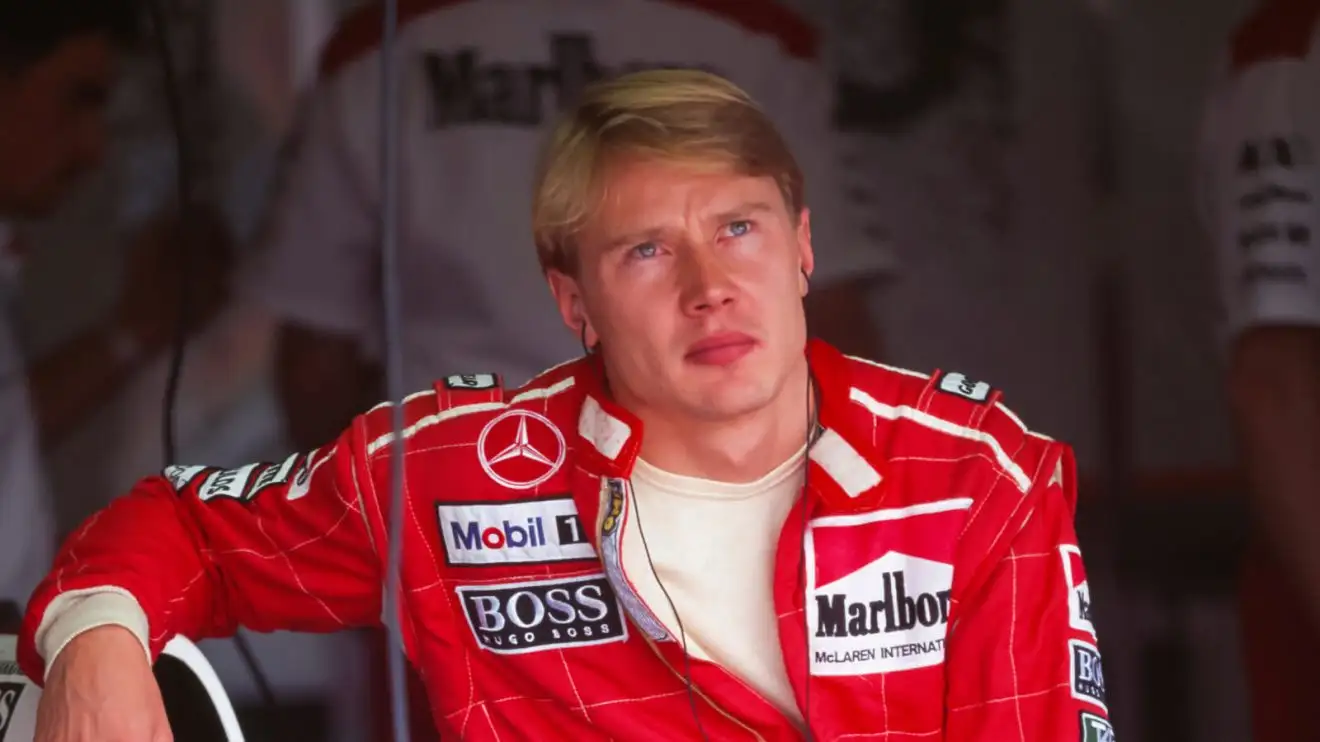
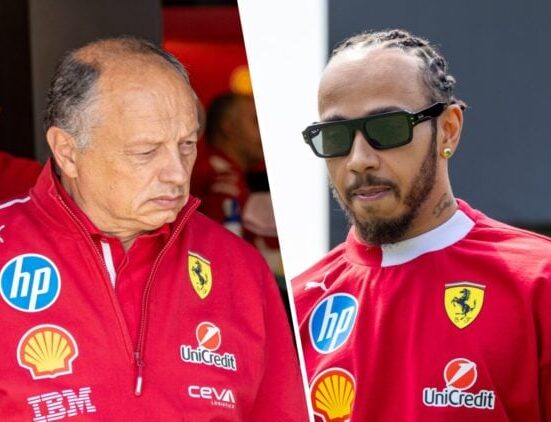
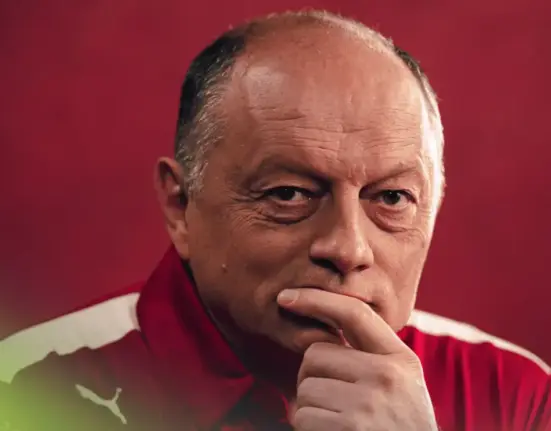

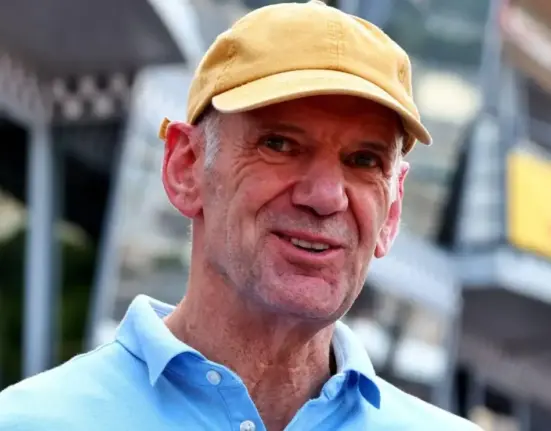
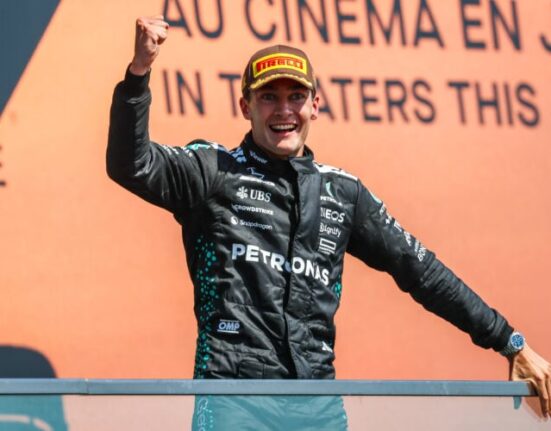

Leave feedback about this